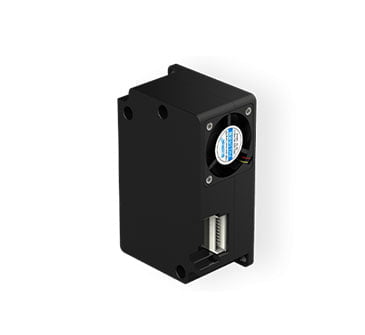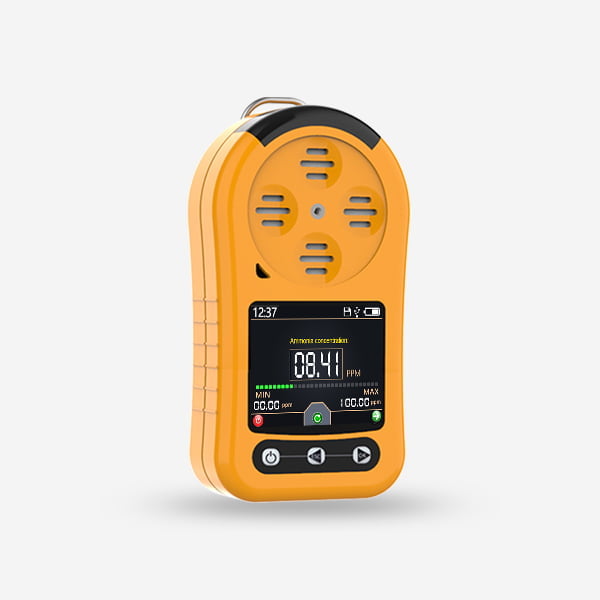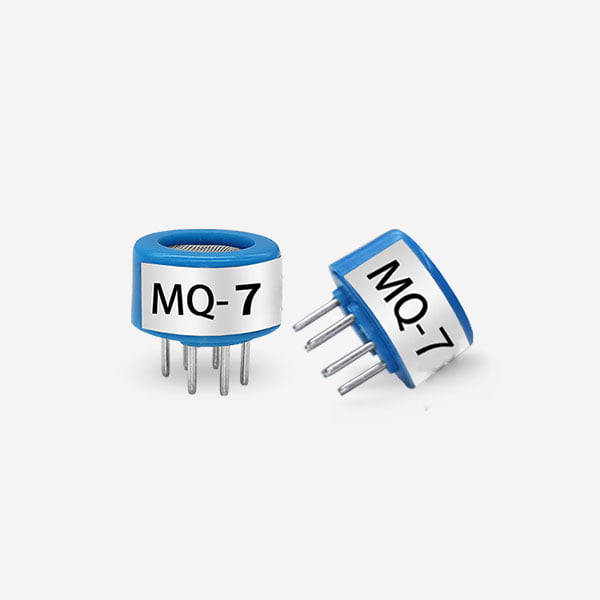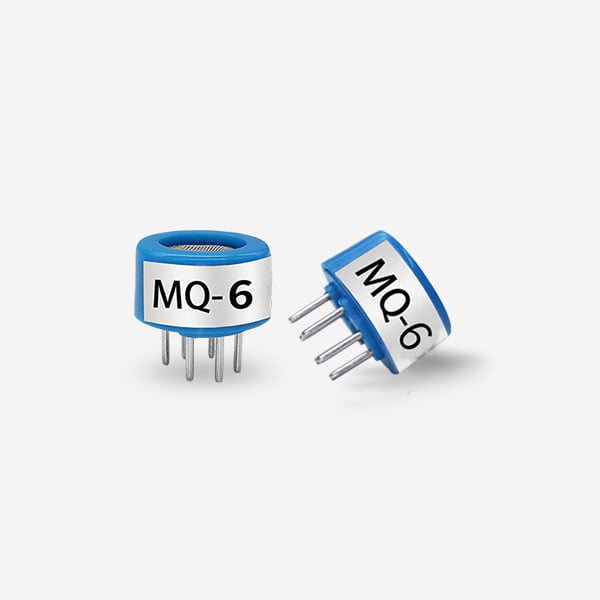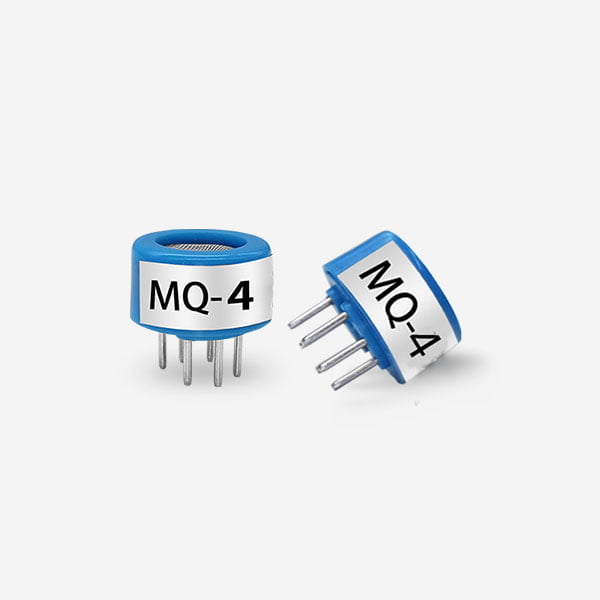Understanding Gas sensors
Gas sensors are playing an increasingly vital role in the development and implementation of the Internet of Things (IoT). As the IoT continues to expand, the integration of gas sensor into connected devices and systems is enabling a wide range of applications, from environmental monitoring to industrial safety and beyond. This article will explore the significance of gas sensor for the IoT, their key features, and the diverse applications they enable in the context of the interconnected world of IoT.
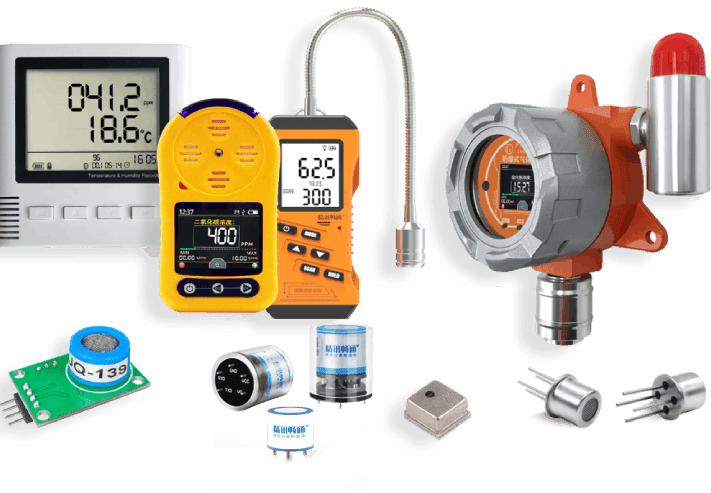
Gas sensors designed for the IoT are engineered to detect and measure the concentration of various gases in the surrounding environment. These sensors are equipped with advanced technologies that allow them to provide accurate and real-time data on gas levels, making them valuable components in IoT-enabled devices and systems.
Key features of gas sensors for the IoT
One of the key features of gas sensors for the IoT is their ability to provide wireless connectivity. By integrating wireless communication capabilities, such as Bluetooth, Wi-Fi, or cellular connectivity, gas sensor can seamlessly transmit data to IoT platforms and cloud-based systems. This enables remote monitoring and control of gas levels, allowing for timely responses to changes in environmental conditions.
Moreover, gas sensor for the IoT are compact, energy-efficient, and cost-effective. These characteristics are essential for their integration into a wide range of IoT devices, including environmental monitoring stations, smart home systems, wearable devices, and industrial equipment. The compact form factor and low power consumption of these sensors make them well-suited for deployment in diverse IoT applications.
People use iot gas sensor in various environmental monitoring applications, including air quality monitoring, pollution detection . By integrating gas sensor into IoT-enabled environmental monitoring systems, it becomes possible to collect and analyze real-time data on air and water quality, enabling informed decision-making and proactive measures to address environmental concerns.
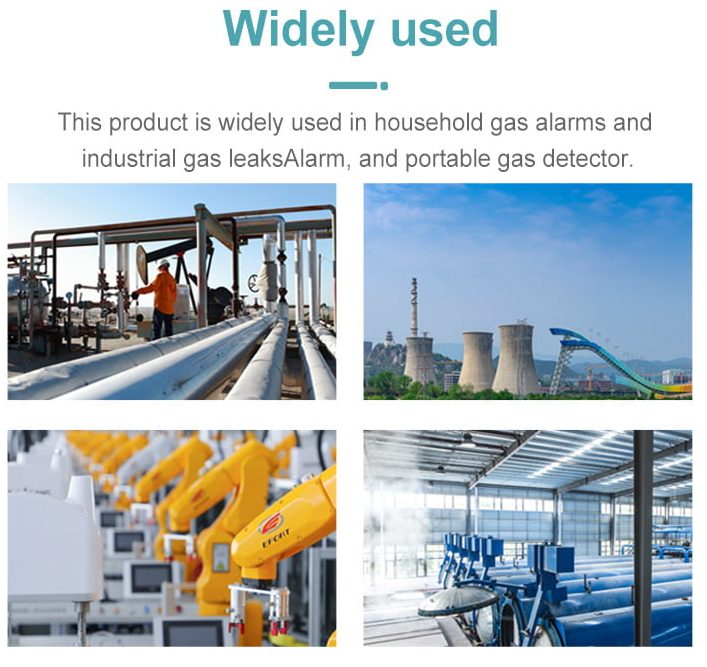
In industrial settings, gas detectors for the IoT play a critical role in ensuring workplace safety and regulatory compliance. These sensors are utilized to monitor the presence of hazardous gases in industrial facilities, such as manufacturing plants, chemical processing facilities, and oil and gas refineries. By integrating gas detectors into IoT-enabled safety systems, it becomes feasible to detect gas leaks, monitor confined spaces, and implement preventive measures to protect workers and the surrounding environment.
Furthermore, gas sensor for the IoT are instrumental in smart building management systems, where they are used to monitor indoor air quality, detect gas leaks, and optimize energy consumption. By integrating gas detectorsinto IoT-enabled building automation systems, it becomes possible to create healthier and safer indoor environments while improving energy efficiency.
In the context of smart cities, gas sensors for the IoT are utilized to monitor and mitigate environmental pollution, detect gas leaks from infrastructure, and enhance public safety. By integrating gas sensors into IoT-enabled urban monitoring systems, it becomes feasible to create sustainable and livable urban environments while addressing environmental challenges and ensuring public well-being.
Conclusion
In conclusion, gas sensors for the IoT are essential components that enable a wide range of applications, from environmental monitoring to industrial safety and smart city initiatives. Their integration into connected devices and systems is driving advancements in IoT technology, enabling real-time monitoring, data-driven decision-making, and proactive measures to address environmental and safety challenges. As the IoT continues to evolve, the role of gas sensors will become increasingly significant in shaping a more connected, intelligent, and sustainable world.
